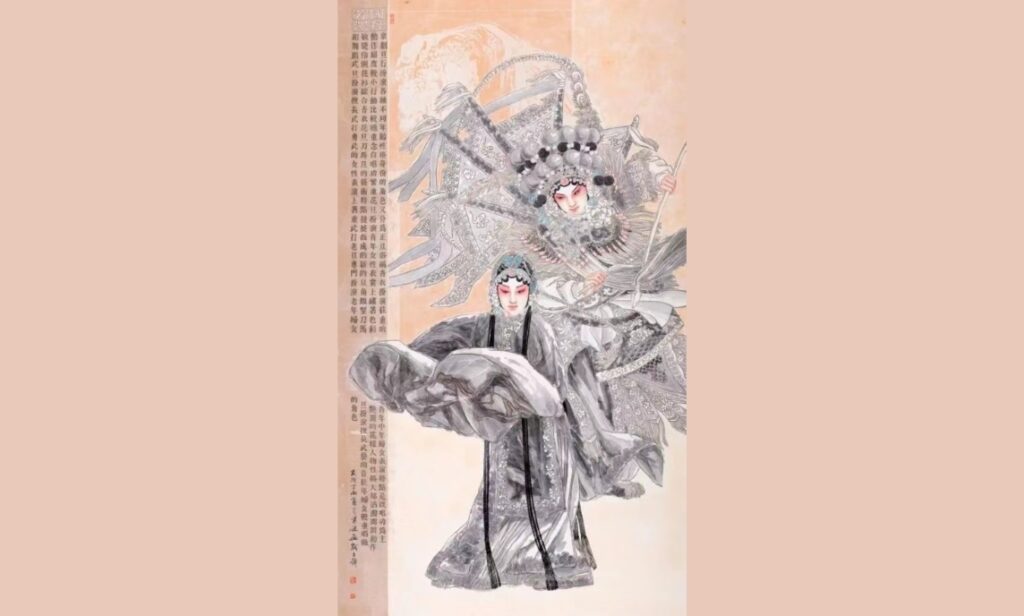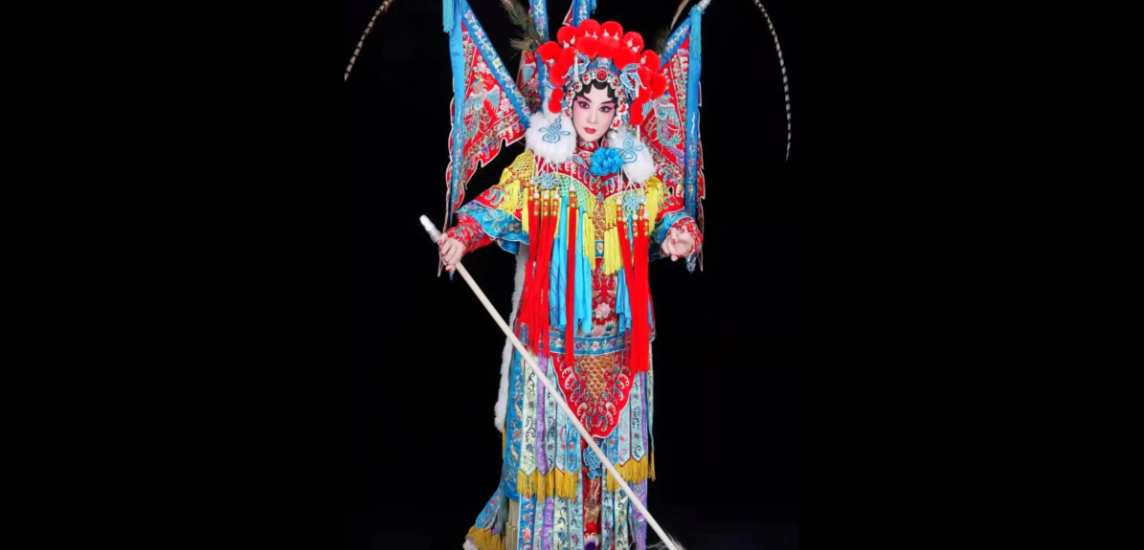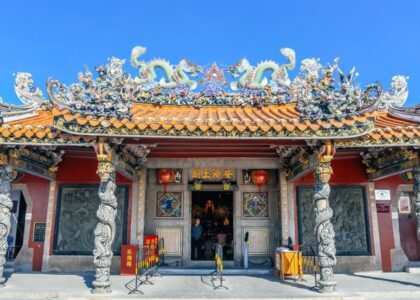In the world of fashion, accessories are not just decorations; they are carriers of culture and art. The Daomadan Non-Heritage Lacquer Bracelet is a stunning example of how traditional Chinese culture can be seamlessly merged with modern aesthetics. Like a radiant star, this bracelet shines brightly in the universe of fashion, emitting a unique glow.
Chinese Opera, an ancient art form, flows like an ever-flowing river of culture, with deep historical roots. Its origins can be traced back to the early period of primitive songs and dances, where people expressed their reverence for nature and spirits, as well as their hopes for abundant harvests and love of life. These primitive performances laid the foundation for the rich tradition of Chinese opera.

As society evolved, the Qin and Han Dynasties saw the emergence of Jiaodi (a type of competitive play), an early form of opera with simple plots and characters. By the Tang Dynasty, Chinese opera entered a significant development stage, with military-themed plays gaining popularity. These plays, characterized by comedic performances and satirical commentary, established roles that would later become essential in Chinese opera.
During the Song Dynasty, Chinese opera entered a prosperous period, with the rise of Zaju and Southern Dramas. Zaju, popular in the northern regions, was known for its structured performances, while Southern Dramas, which gained traction in the south, featured more flexible formats and resonated with everyday life. This period saw the systematization of stage performances, musical styles, and character roles.

The Yuan Dynasty represents the pinnacle of Chinese opera history. The rise of Yuan Zaju produced legendary playwrights such as Guan Hanqing, Wang Shifu, and Ma Zhiyuan, whose works, such as “The Injustice to Dou E” and “The West Chamber”, still shine on stages today. Yuan Zaju reached exceptional artistic levels in structure, performance, and music, influencing the future of Chinese opera.

In the Ming and Qing Dynasties, Chinese opera continued to evolve and diversify. Legendary dramas became widespread in the south, with complex plots and a focus on internal character development. In the north, Peking Opera emerged and matured, blending elements of Huizhou, Han, and Kunqu operas to create the quintessential Chinese theater style. Renowned for its elegant singing, brilliant performances, and elaborate costumes, Peking Opera became a symbol of Chinese cultural heritage.
Among the many iconic roles in Peking Opera, the Daomadan stands out for its unique appeal. Emerging in the mid-Qing Dynasty, the Daomadan enriched the diversity of Peking Opera performances. Typically portraying female warriors or heroic figures, the Daomadan dons dazzling armor and wields weapons, exuding both strength and elegance. Their performances combine various techniques such as singing, speaking, acting, and fighting, balancing femininity with martial prowess—a perfect fusion of power and grace.

The Daomadan’s costumes are meticulously designed, featuring vibrant colors and intricate patterns. These costumes reflect not only the exquisite craftsmanship of traditional Chinese clothing but also the aesthetic admiration for female hero figures in ancient China. Every gesture and gaze of the Daomadan on stage tells a story, symbolizing resilience, wisdom, and bravery.
The Daomadan Non-Heritage Lacquer Bracelet draws inspiration from this captivating theatrical character. The color palette of the bracelet is a highlight, blending blue, pink, and white, much like the vibrant costumes of the Daomadan on stage. The deep blue symbolizes the Daomadan’s unwavering gaze, representing her steadfast pursuit of justice and unyielding spirit in the face of adversity. The pink reflects the tenderness subtly revealed through her powerful movements, showcasing the balance of strength and grace that defines the character. The white represents purity and a passion for art, symbolizing the Daomadan’s noble spirit.

Each bead of the bracelet is carefully crafted, embodying the artisans’ wisdom and dedication. The smooth, natural lines on the beads mimic the graceful yet powerful movements of the Daomadan. The artisans skillfully capture the dynamic beauty of her dance, preserving this fluidity in each bead. The intricate patterns etched into the beads mirror the detailed designs of her costume, representing the pinnacle of traditional Chinese craftsmanship, where every line is a testament to beauty and cultural reverence.
Wearing this bracelet is like stepping into the world of Chinese opera. It transports the wearer to the stage, evoking images of the Daomadan’s heroic presence and the vibrant sounds of drums and singing. The Daomadan Non-Heritage Lacquer Bracelet is not just a fashion accessory but a medium for cultural inheritance, a tribute to history. It allows modern individuals to experience the timeless charm of traditional culture, integrating the ancient art of Chinese opera into everyday life.

In today’s globalized world, traditional cultures face numerous challenges. However, through creative designs like the Daomadan Non-Heritage Lacquer Bracelet, ancient traditions are revitalized, ensuring they thrive in modern society. This bracelet exemplifies the fusion of traditional culture with contemporary fashion, reminding us to honor our cultural roots while embracing new trends. It encourages us to keep traditional culture alive and vibrant in our daily lives.
Whether you’re walking through the bustling streets of a city or the peaceful paths of the countryside, wearing the Daomadan Non-Heritage Lacquer Bracelet allows you to silently share the captivating allure of Chinese opera. Like a radiant cultural jewel, it shines on your wrist, allowing everyone who sees it to experience the profound depth and endless charm of Chinese traditional culture.







